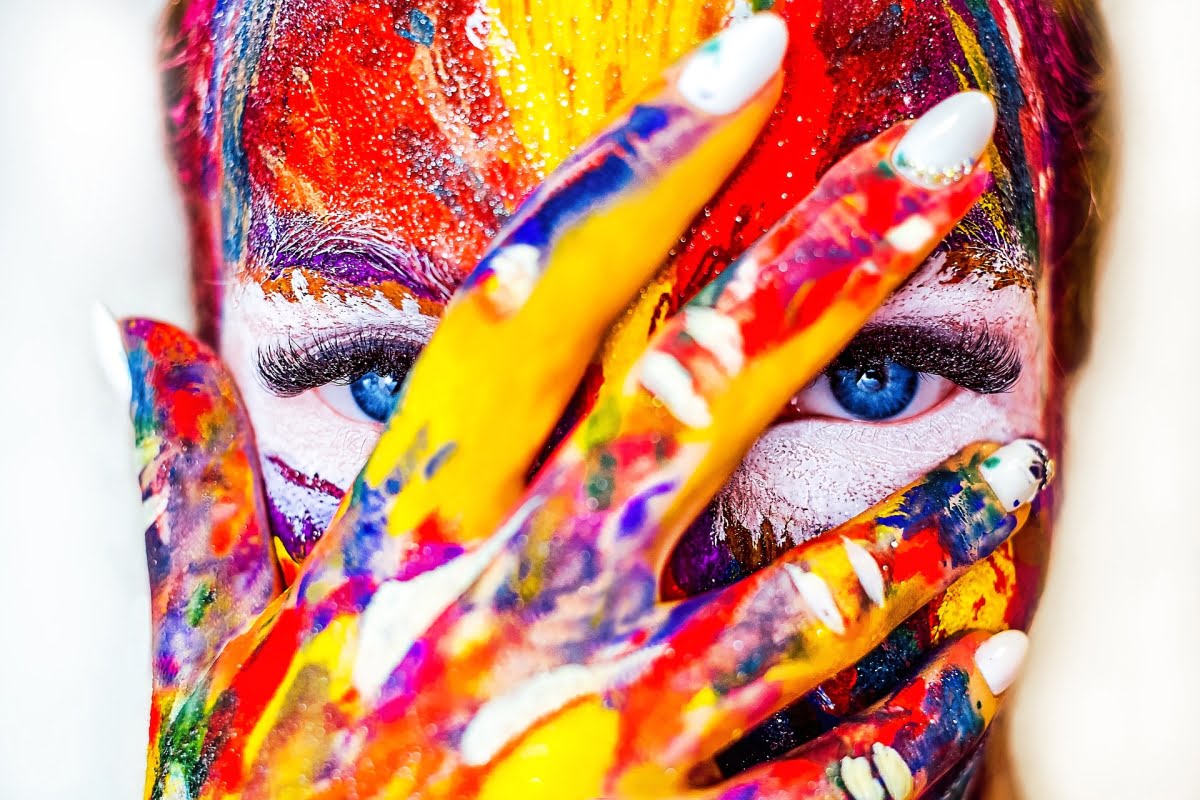Why colors matter so much in fashion

Color is the first thing that other people notice about us, and its effects are both immediate and long-lasting. The colors we choose for our clothes say a lot about how we want to be seen and how we feel about ourselves. So, what do people learn from color?
People will respond to the “color messages” your clothes send as soon as they meet you. It’s true that different colors can make people feel different things. Even medical science has shown that color can affect a person’s hormones, blood pressure, and body temperature. Also, color has an effect on:
Your apparent shape;
How much you appear to weigh;
Your apparent personality;
Your emotions;
The feelings of other people.
Other important things to think about are whether the color is right for the place, the event, the season, your age, and, of course, your natural color.
Every day, color affects us all, whether we are aware of it or not. If we’re having a bad day and don’t feel good about ourselves, we tend to automatically choose clothes in dull neutral colors like black, grey, or brown because they match how we’re feeling. Just like when we’re happy and feeling great, we’ll go for something a little brighter.
Look in your closet to see how many different colors you have. Do you have enough clothes to make a rainbow? Or do you always wear just one or two colors in different ways? You might find that you are stuck in a rut with colors. With this in mind, why not try mixing up the colors you wear and decorate with?
The first rule is that you should always go with what looks good with your natural skin tone, eye color, and hair color. Once you know your best color range, you can pick different colors for specific situations.
Instead of each color on its own, a certain combination of colors can sometimes create the desired effect. When colors are put together in different ways and used in different fabrics, they make people feel different things. For instance, if you attend a business meeting wearing a red jacket with a white shirt, it conveys an air of self-assurance and authority. On the other hand, if you wear a red jacket with a lacey red top, it may give the impression that you have other things on your mind besides this business meeting.
So, which colors go with which situations? Which hues should you choose in order to convey a particular feeling or mood?
Here is a list of colors that women can wear for a wide range of events:
Reds with a blue base: Shows intelligence and femininity.
Reds with a yellow base are lively and keep conversations going (Men are inherently attracted to yellow-based reds – a great color for a first date)
Purple excites the senses and makes people want to do creative things.
Turquoise makes other women feel comfortable and helps them open up.
Red lipstick is a sign of power and strength.
Medium blue is a soothing color that helps people get along.
Browns: not dangerous, stable, helpful, and dependable (great for meetings with colleagues or clients)
Don’t forget that the most important thing is to choose colors that go well with your skin tone. It doesn’t help to choose a color that makes you look creative and confident if it also makes you look sick or pale.
Wearing the best colors for you can make a big difference in your wardrobe and your self-esteem. With the right colors, your skin tone can look more even, wrinkles and dark circles can be less noticeable, and you can look brighter and healthier. Wearing a color that isn’t good for you, on the other hand, can make you look tired, dull, or even sick. A professional image consultant can do a color analysis to tell you exactly which range of colors will look best on your clothes, makeup, and accessories.
Once you know your best color range, you can play around with color, choosing different colors to show a different image or make a certain impression on others.
The colors we wear say a lot about who we are. When you know how to use color to your advantage, you can change how you dress and feel better about yourself.
